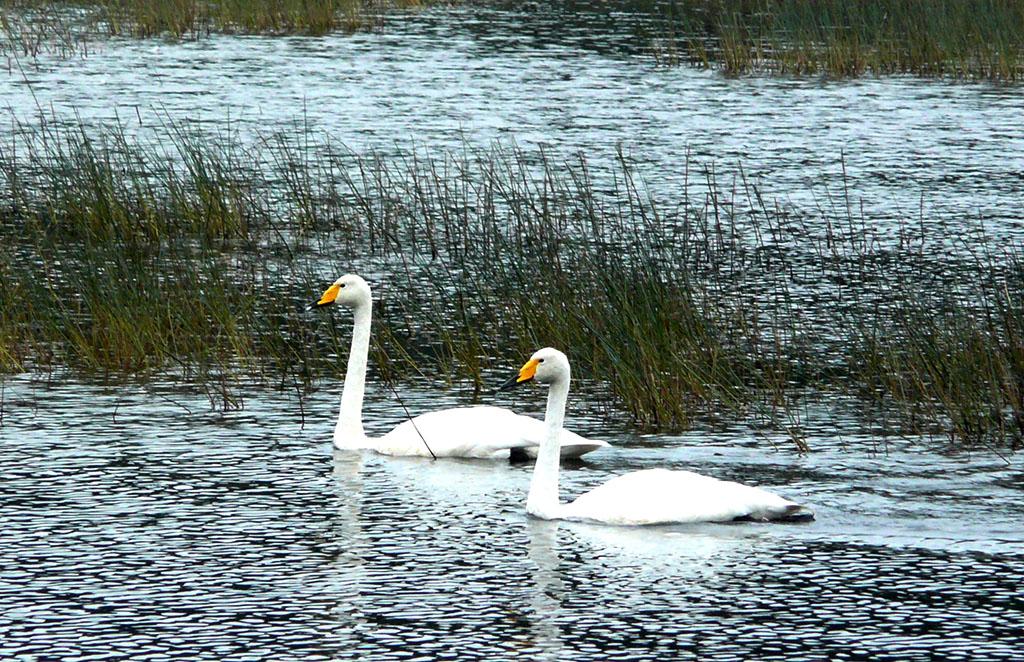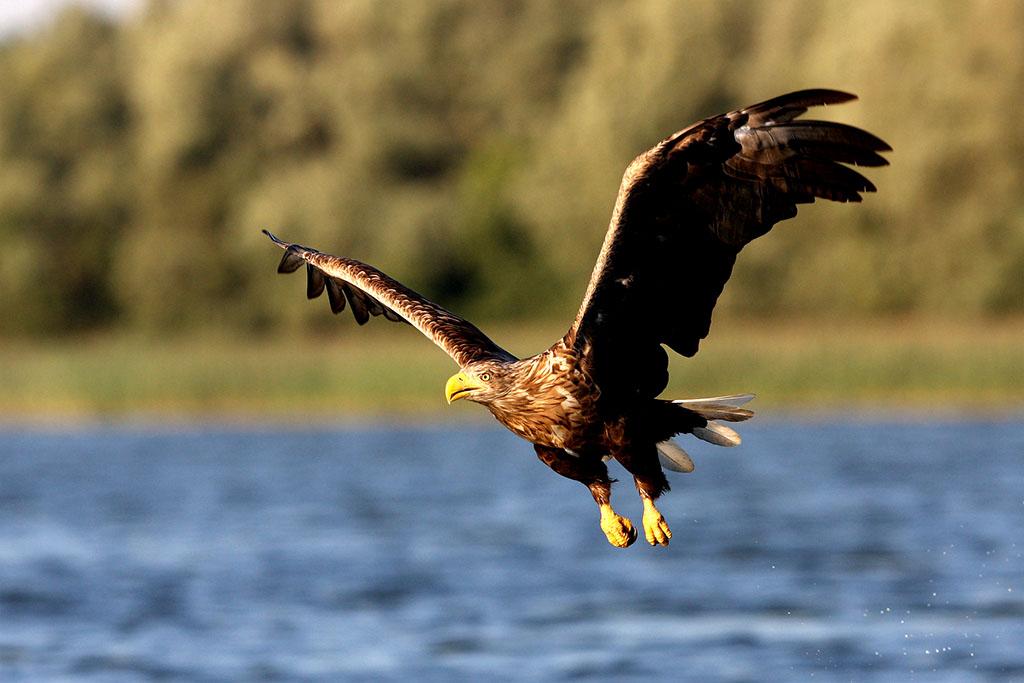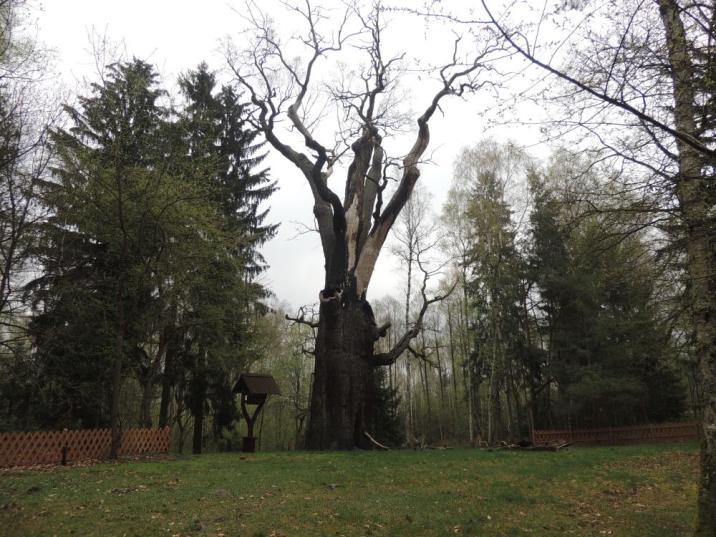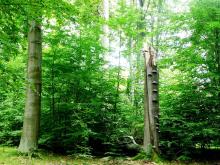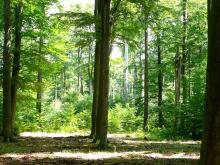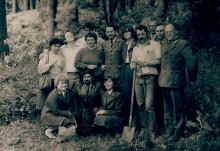 Asset Publisher
Asset Publisher
Forests of our Forest District
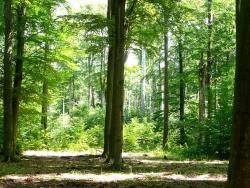 Lasy Nadleśnictwa. Fot. Jerzy Wilanowski
Lasy Nadleśnictwa. Fot. Jerzy Wilanowski
 Piękne lasy Nadleśnictwa. Fot. Jerzy Wilanowski
Piękne lasy Nadleśnictwa. Fot. Jerzy Wilanowski
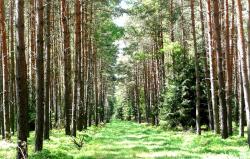 Bór iglasty. Fot. Jerzy Wilanowski
Bór iglasty. Fot. Jerzy Wilanowski
 Rezerwat przyrody "Annabrzeskie Wąwozy". Fot. Jerzy Wilanowski
Rezerwat przyrody "Annabrzeskie Wąwozy". Fot. Jerzy Wilanowski
 Krajobraz leśny. Fot. Jerzy Wilanowski
Krajobraz leśny. Fot. Jerzy Wilanowski
Szprotawa Forest District Inspectorate includes two Sub-districts – Szprotawa and Małomice – and manages a total area of over 19 000 ha. Its share of forested areas is only 28.2% making it the lowest ratio in the entire Regional Directorate of the State Forests in Zielona Góra. Forests managed by the Inspectorate include forests maintained for industrial purposes, protected forests and reserves.
Landscape of the Forest District is very heterogeneous.The area of Szprotawa Sub-district and the southern part of Małomice Sub-district is quite monochromatic, whereas the northern part of Małomice Sub-district is known for its undulating landscape (end moraine) at places turning into hills.
Geological structure
The Forest District is located within the area of Middle Polish Glaciation, in Mazovia-Podlasie Stadial.It is dominated by geological deposits originating from the Tertiary and the Quaternary, such as:fluvioglacial sands and gravels, river sands and gravels and boulder clay and sand.
Types of forest habitats
Forest habitats of the Forest District consist mainly of mixed and coniferous forests, with a small share of riparian forests and alder forests.Pine is the most common tree and the entire forest ecosystem consists in 60% of this species.The second most common species is Oak followed by Alder.
Plants and animals
Forests of Szprotawa Forest District are home to a variety of plant and animal species, including those under strict and partial protection.There are over 20 protected plant and lichen species in the District, including:Common Cottongrass, Common Toothwort, Marsh Gentian, Purple Foxglove, Yellow Iris, Stiff Clubmoss or Usnea Filipendula.
Mammal species includeWild Boar, Roe Deer, Deer, Fox, Raccoon Dog, Badger, Marten and Hare.Forests of Szprotawa Forest District are also inhabited by rare invertebrate species, including 9 species included on the Polish Red List of Animals.The species are:Medicinal Leech, Great Capricorn Beetle and Lucanus Cervus.
Apart from the protected invertebrate species there is a large number of amphibian and reptile species.The most interesting species includeViviparous Lizard, Smooth Snake and European Tree Frog.
Birds inhabiting the district also include many rare and endangered species:Black Stork, Whooper Swan, Wood Sandpiper, Eurasian Pygmy Owl, Boreal Owl and the pride of the District – White-tailed Eagle.
 Asset Publisher
Asset Publisher
„Chrobry” - wiosna 2018
„Chrobry” - wiosna 2018
Od pożaru dębu „Chrobry” minęło już ponad trzy lata.
Zdarzenie miało miejsce 19 listopada 2014 r. Ogień podłożony był we wnętrzu drzewa (pień jest pusty od środka), a następnie przeniósł się przez otwory po usuniętych w latach poprzednich, suchych konarach na stronę zewnętrzną pnia oraz koronę. W związku z powyższym opalona została zarówno zewnętrzna strona pnia jak i jego środkowa część.
W minionym okresie wegetacyjnym, ulistnienie rozwinęło się prawidłowo jedynie na ¼ głównych konarów na których nie zaobserwowano zewnętrznych oznak chorobowych (ubytki kory, owocniki grzybów). Pozostała część korony drzewa była martwa, pozbawiona całkowicie ulistnienia. Na martwych konarach występowały ubytki kory oraz owocniki grzybów – huby siarkowej oraz ozorka dębowego, co jest oznaką postępującej martwicy drewna.
Na dzień dzisiejszy statyka drzewa jest prawidłowa, aczkolwiek przechodzący nad Polską w dniach 5-6 października ubiegłego roku orkan Ksawery, również nie oszczędził dębu „Chrobry”. Na skutek porywistych podmuchów wiatru obłamał się jeden z obumarłych, a tym samym kruchych konarów.
Optymistycznym sygnałem jest fakt pojawienia się pąków, na żywej części konarów, które pozwalają z nadzieją mówić o tegorocznej przyszłości drzewa.
Ostatecznie - kondycję drzewa będzie można ocenić w maju – po całkowitym rozwoju ulistnienia.
Na temat przyszłości dębu „Chrobry”, podobnie jak na temat każdego innego organizmu żywego, ciężko jest rokować. Drzewo przeżywszy 750 lat pokonało wiele przeciwności losu. Pozostaje więc jedynie mieć nadzieję, że i tym razem wyjdzie z tej opresji zwycięsko. Dąb pozostaje obiektem troski leśników oraz lokalnej społeczności, w tym jej najmłodszych przedstawicieli.
Tekst: Tomasz Śmigielski


